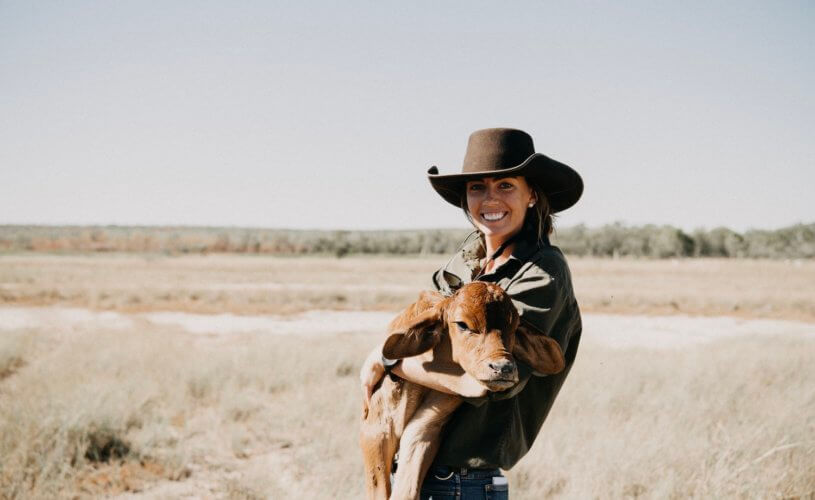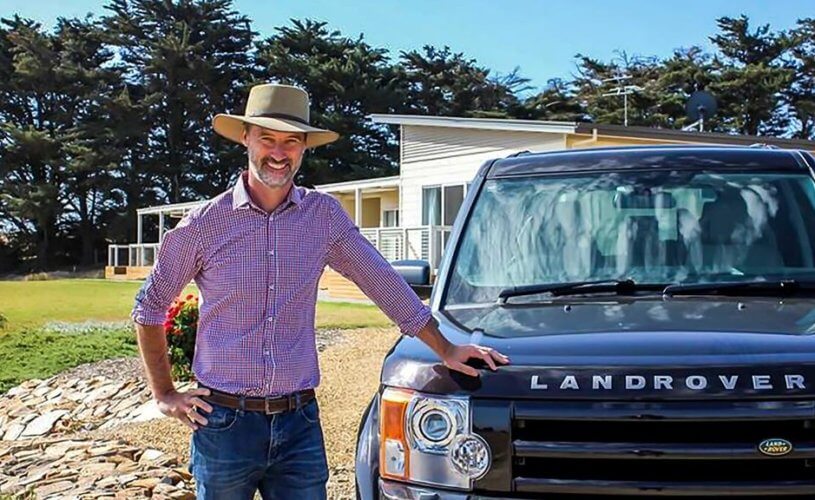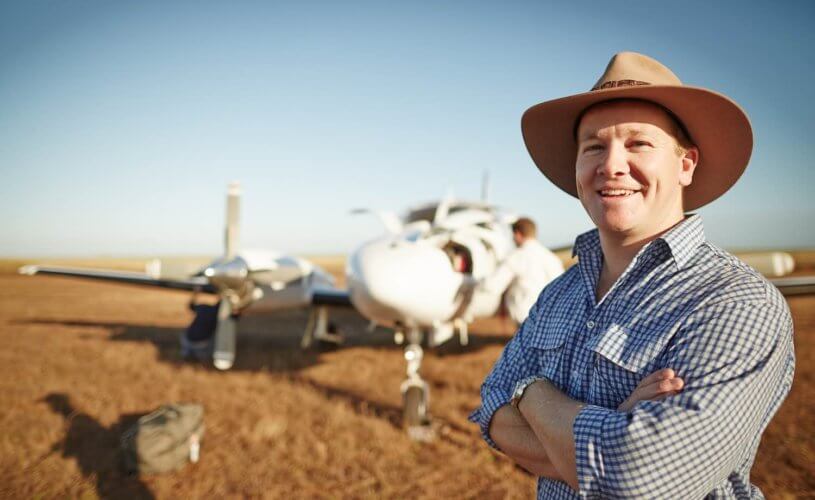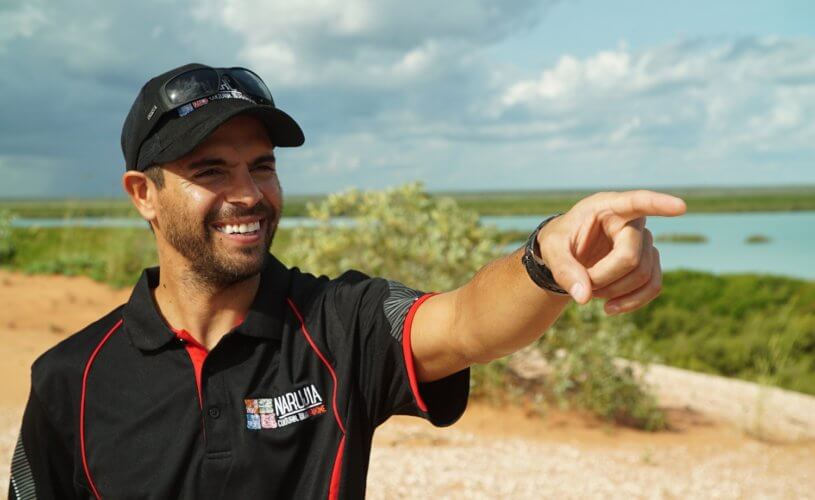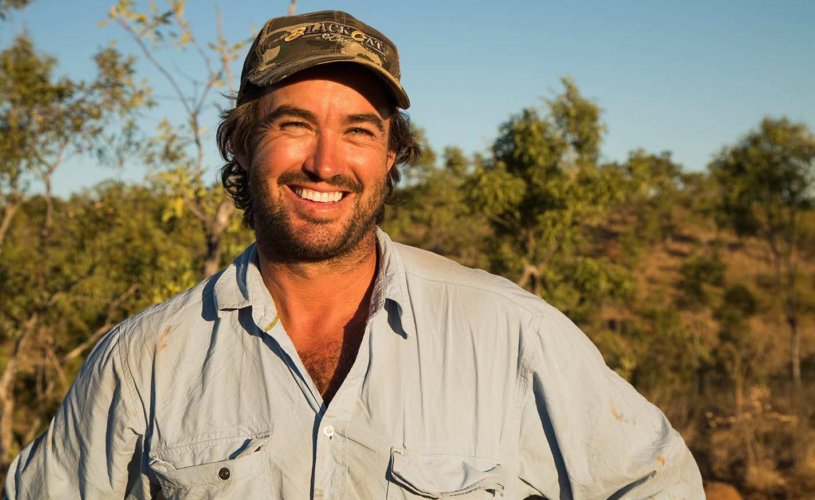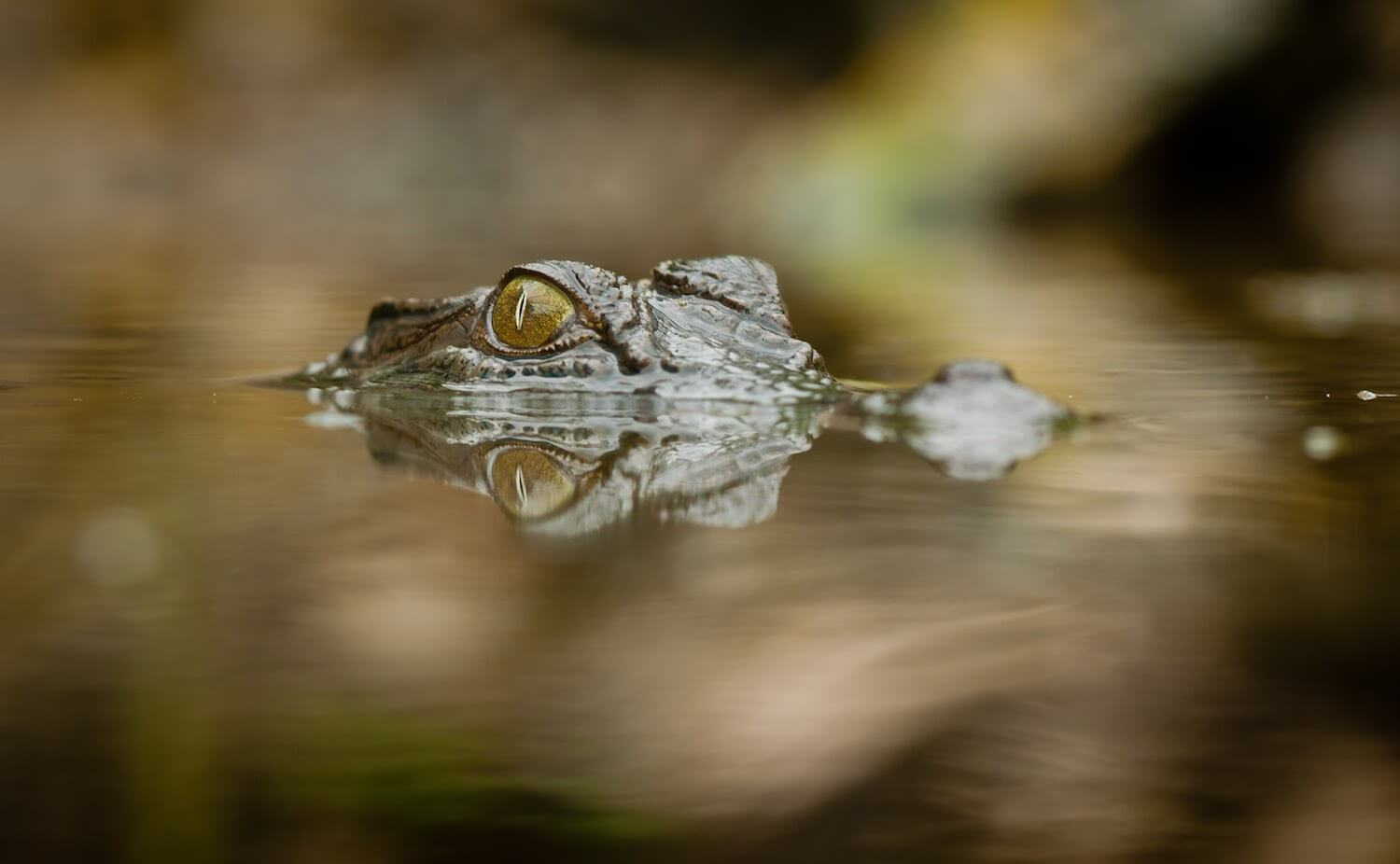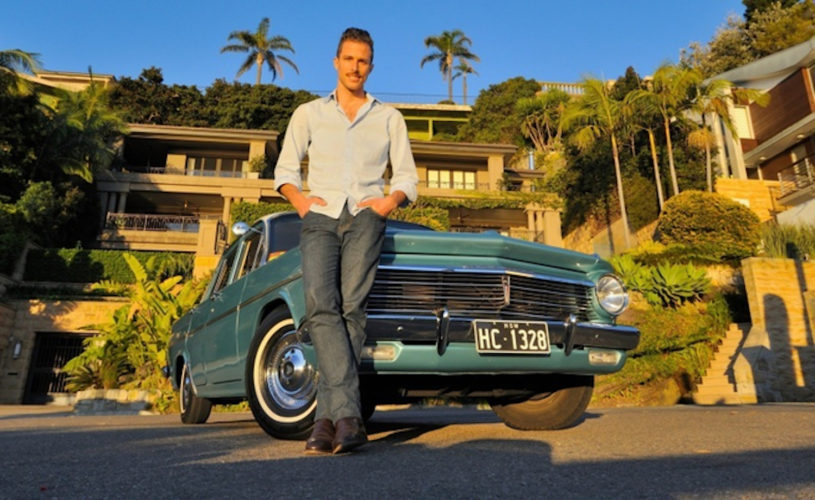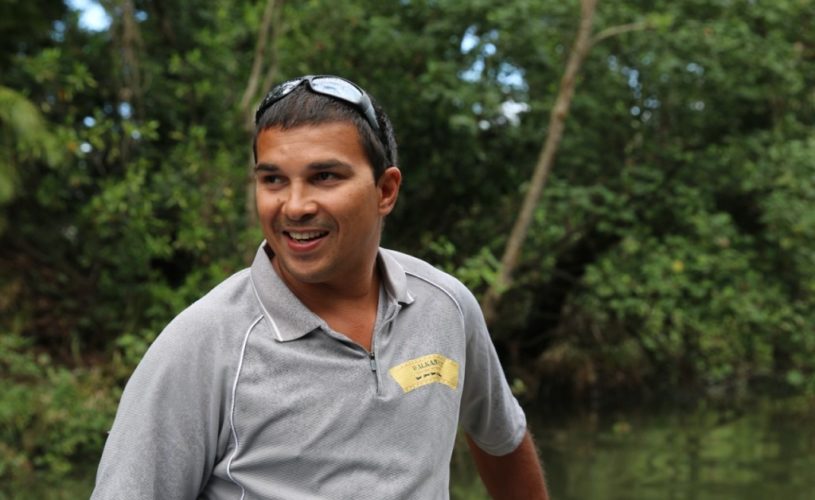The Great Ocean Road is one of the world’s most spectacular coastal journeys and a mecca for Melbourne locals on the weekends and summer holidays. There is a lot more to it than just the usual tourist sites and Stuart Dobson is one of the best guides in Australia to reveal its secrets.
Please explain a little bit about who you are and what you do.
I am the co-founder and lead guide for Acacia Luxury Private Tours. We deliver luxury bespoke tours in Melbourne and the wonderfully diverse regions surrounding the city. My personal specialty is escorting visitors on one of the world’s most spectacular coastal journeys – Victoria’s Great Ocean Road.
I was born and raised on a dairy farm a veritable stone’s throw from the majestic limestone stacks that make up the Twelve Apostles, the scenic highlight of the Great Ocean Road and perhaps Australia’s most recognisable coastal landscape. Having this coast as my playground afforded me knowledge of secluded vantage points, the best wildlife spotting, and even locations for after-dark glow worm viewing. This local knowledge has proven to be indispensable as I strive to ensure visitors have a more intimate and connected experience with the ever-popular Great Ocean Road.
What got you started with guiding and what do you find most interesting about it?
My professional background is far removed from the tourism industry. Prior to launching Acacia Luxury Private Tours I enjoyed a career spanning two decades as a medical scientist and executive with an American medical devices company. While I enjoyed great fulfilment in the role, I had a yearning to escape the rat race and to become the steward of my own destiny. A midlife crisis perhaps? Probably not but there was certainly a sense of relief escaping the quarterly corporate business cycle.
Becoming a guide seemed like the perfect fit. My love of my Melbourne and Victoria is undisputed and I have always maintained a finger on the pulse by regularly dining, attending cultural events, and exploring the regions. I had become that person who visitors would reach out to for the latest advice when in town.
I relish the meaningful connections you form with guests and the privilege it is to play a role in their life celebrations and formation of lifelong memories. I also enjoy the relationships that we forge with various suppliers from restauranteurs and winemakers to local farmers and producers. As a small business owner you gain great visibility of the tangible economic benefits that tourism can brings to small towns and communities.
How do you bring the Great Ocean Road to life on your tours?
While the Great Ocean Road is renowned for rugged coastal scenery, perhaps it is less well understood that it offers the most extraordinary nature and wildlife experiences which is a focus of my tours. On our day trip we routinely encounter wild kangaroos, wallabies and koalas. A deeper exploration of the region offers the opportunity to see the elusive platypus in its natural habitat. The area is also a birdwatching paradise with reliable spotting of emus, parrots and water birds.
My tours also focus on the stories behind the region, from the tales of tragedy and heroism affiliated with the coast’s shipwreck history, to my own personal experiences growing up on a dairy farm.
Why do you think it’s important that people learn about the Great Ocean Road?
For many the Great Ocean Road is just the perfect location for a selfie and they overlook the region’s rich history.
Pivotal to the history of the settlement of Australia are the stories of tribulation faced by early free settlers who arrived by clippers sailing the treacherous Southern Ocean. The section of the coast from Cape Otway to Port Fairy is known as the Shipwreck Coast for good reason with an estimate of over 700 known wrecks, most of which remain undiscovered.
There is also the remarkable story of the construction of the road in perilous conditions by returned servicemen of World War One in honour of their fallen mates. Indeed, the 243-kilometre Great Ocean Road is designated a permanent war memorial, the largest in the world.
If people wanted to find out more about the Great Ocean Road are there any particular books, documentaries or websites you would recommend?
For a geological account of the Great Ocean Road I highly recommend “Written in Stone: Reading the Rocks of the Great Ocean Road” by Philomena Manifold. Her work combines research, writing, sketches and photographs to tell the 135 million-year story of the rocks of the Great Ocean Road.
For visitors to the Great Ocean Road I also recommend stopping by the newly constructed Great Ocean Road Heritage Centre in Lorne to explore the permanent exhibition “The Great Ocean Road Story: Building Australia’s Most Famous Road”.
Is there anything else you’d like to add that hasn’t been covered by the questions already posed?
Wherever possible we recommend spending two days to explore the Great Ocean Road with an overnight stay in the charming coastal hamlet of Port Campbell. I encourage my guests to rise early for a sunrise viewing of the Twelve Apostles and surrounding national park. At this time of day you often have these popular locations to yourself which completely transforms the experience. It feels almost spiritual.
What’s your favourite Australian animal and why?
The Little Penguin. We are blessed to have a 32,000 strong colony of Little Penguins on Phillip Island just 90 minutes south-east of Melbourne. Each evening at dusk visitors can witness their antics as hundreds or even thousands cross the beach and head to their nests. I never fail to succumb to their charm.
What place is Australia’s best-kept secret?
Wilsons Promontory is a coastal reserve located south-east of Melbourne at the southernmost tip of the Australian mainland. Think pristine white sand beaches decorated with rounded granite boulders, abundant wildlife, and a labyrinth of spectacular walking trails without the crowds all just three hours from Melbourne.
What haven’t you seen / done in Australia that you’d like to and why?
I am drawn to the rugged wilderness of the Kimberley Coast in the remote northwest of Australia. I can’t imagine a more beautiful landscape in which to appreciate the absolute vastness of this continent.
Finally, how can people follow you on social media?
You can follow us at @acaciatoursau on Facebook and Instagram.


